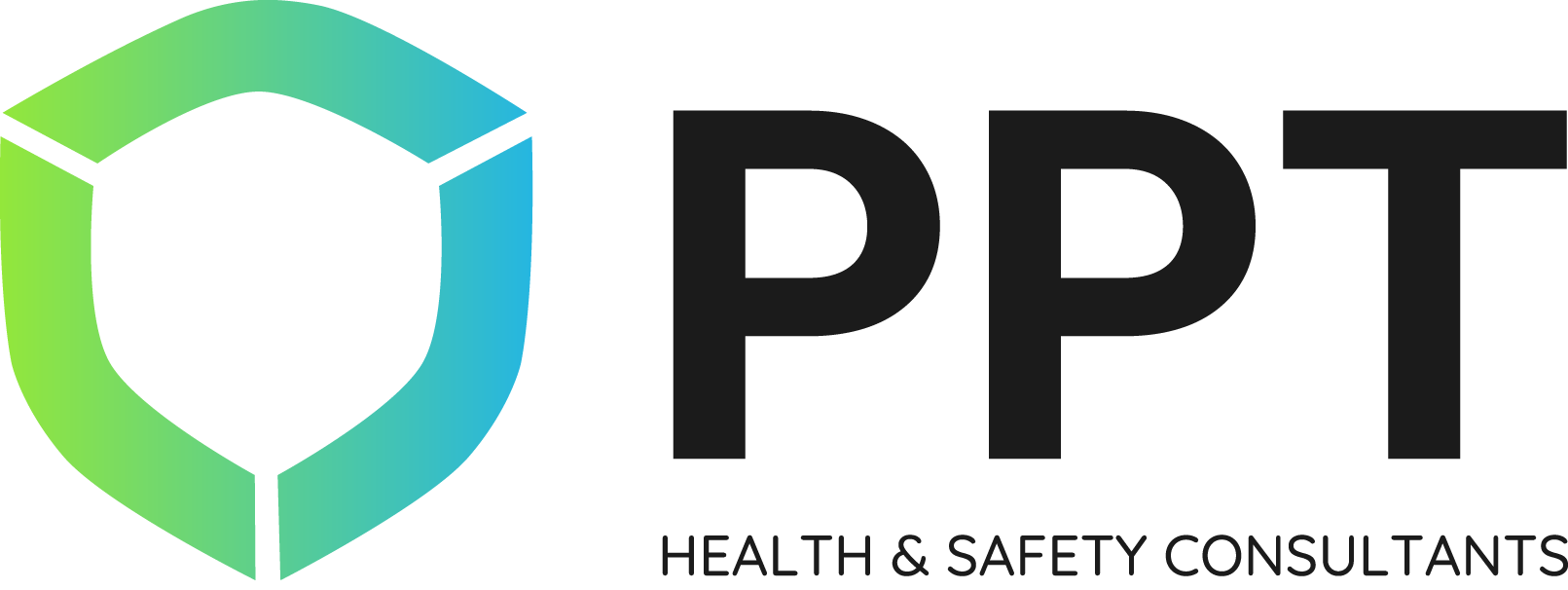Understanding the role of the Principal Contractor
Under the Construction (Design and Management) Regulations 2015 (CDM 2015), the Principal Contractor (PC) plays a critical role in ensuring health and safety on construction sites. Appointed by the client on projects involving more than one contractor, the Principal Contractor must plan, manage, and coordinate the construction phase, ensuring compliance with legal requirements and promoting a safe working environment.
Key responsibilities of the Principal Contractor
1. Planning, managing, and monitoring the construction phase
The Principal Contractor is responsible for ensuring that the construction phase is effectively planned and managed, incorporating health and safety measures from the outset. This includes:
• Developing a Construction Phase Plan (CPP) that details site-specific safety arrangements.
• Coordinating work activities to minimise risks and prevent hazards.
• Regularly reviewing and updating the CPP to reflect any changes in project conditions.
2. Ensuring worker competence and site inductions
All workers on-site must have the necessary skills, knowledge, training, and experience to carry out their tasks safely. The Principal Contractor must:
• Verify worker competence before allowing them on-site.
• Provide site-specific inductions covering risks, emergency procedures, and project-specific safety requirements.
• Encourage a culture of health and safety awareness through toolbox talks and ongoing training.
3. Coordination and communication with other duty holders
Effective communication between all parties involved in the project is essential for maintaining safety. The Principal Contractor must:
• Liaise with the Principal Designer to ensure health and safety risks identified during the design phase are addressed.
• Engage with subcontractors, suppliers, and site managers to implement safe working practices.
• Facilitate regular meetings and briefings to discuss health and safety issues and coordinate work activities.
4. Providing welfare facilities
The CDM 2015 regulations require that suitable welfare facilities be provided from the start of the project. The Principal Contractor must ensure that facilities such as toilets, washing stations, rest areas, and drinking water are available and maintained throughout the project.
5. Risk management and site safety
One of the primary duties of the Principal Contractor is to identify and manage risks to workers and the public. This includes:
• Conducting risk assessments and ensuring that appropriate control measures are in place.
• Establishing site security measures to prevent unauthorized access.
• Ensuring safe access and egress for workers and visitors.
• Managing plant, equipment, and hazardous substances to prevent accidents.
6. Health and safety file contributions
While the Principal Designer is responsible for compiling the Health and Safety File, the Principal Contractor must provide relevant information regarding construction activities. This includes:
• As-built drawings.
• Details of significant risks encountered during construction.
• Maintenance and operational safety information for future work on the structure.
7. Monitoring compliance and reviewing procedures
Ensuring ongoing compliance with health and safety regulations requires constant monitoring. The Principal Contractor must:
• Carry out regular site inspections and audits to identify potential hazards.
• Investigate incidents and near misses to prevent recurrence.
• Adapt health and safety procedures based on findings and lessons learned.
Consequences of non-compliance
Failure to fulfil the responsibilities set out under CDM 2015 can result in severe consequences, including:
• Legal action and prosecution by the Health and Safety Executive (HSE).
• Fines and penalties for breaches of health and safety laws.
• Reputational damage, affecting future business opportunities.
• Increased risk of workplace accidents, injuries, and fatalities.
Final thoughts
The role of the Principal Contractor is vital in ensuring that construction sites operate safely and efficiently. By effectively planning, managing, and monitoring health and safety procedures, Principal Contractors can ensure compliance with CDM 2015 regulations while fostering a safer working environment for all involved.
For more information on CDM compliance or to receive expert guidance on construction health and safety, contact our team today.



